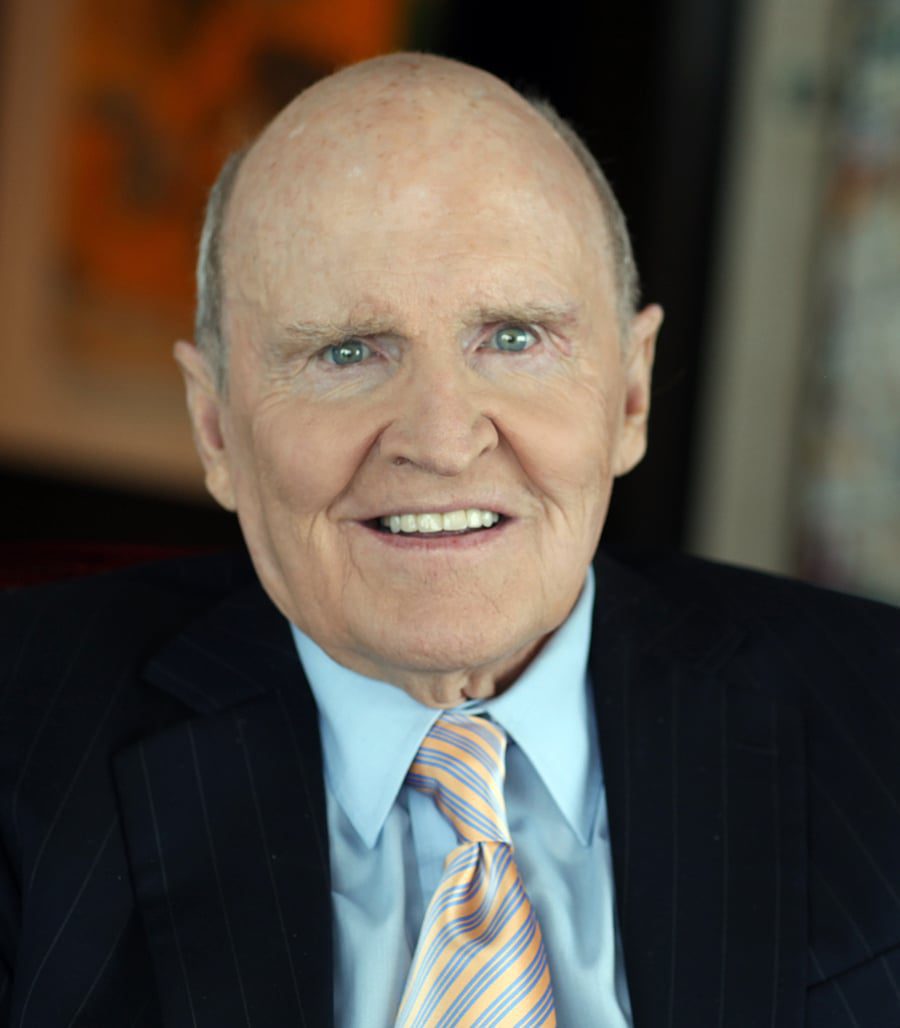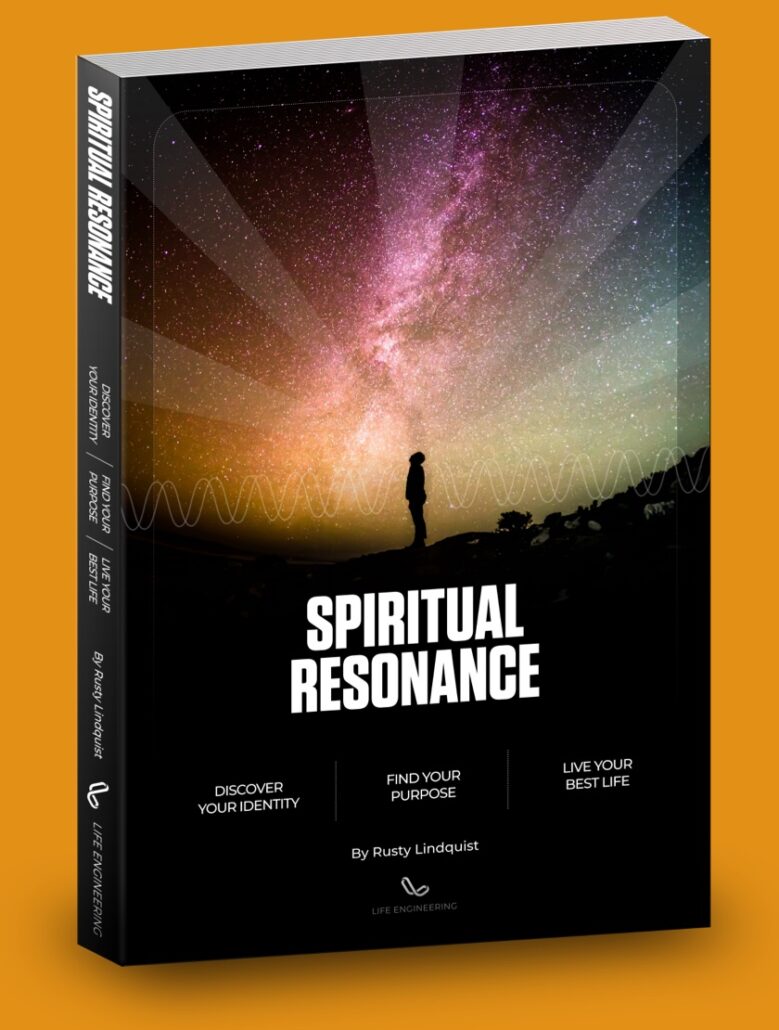MEASURING
EMPLOYEE ENGAGEMENT
ONLY ONE OF OUR SCIENCE-BACKED ASSESSMENTS
For so long, leaders and organizations have struggled to get optics on engagement. We haven’t known how to measure it, let alone how to manage it. Yet the research shows that up to 80% of the workforce is disengaged, and a disengaged employee is only delivering about 20% of their total performance capacity.
The Life Engineering Engagement Assessment is a carefully crafted, science-backed, easy-to-take, 10 minute survey that creates absolute clarity around exactly what elements are either active or missing for any employee, department, team, geography, or any other internal segment.
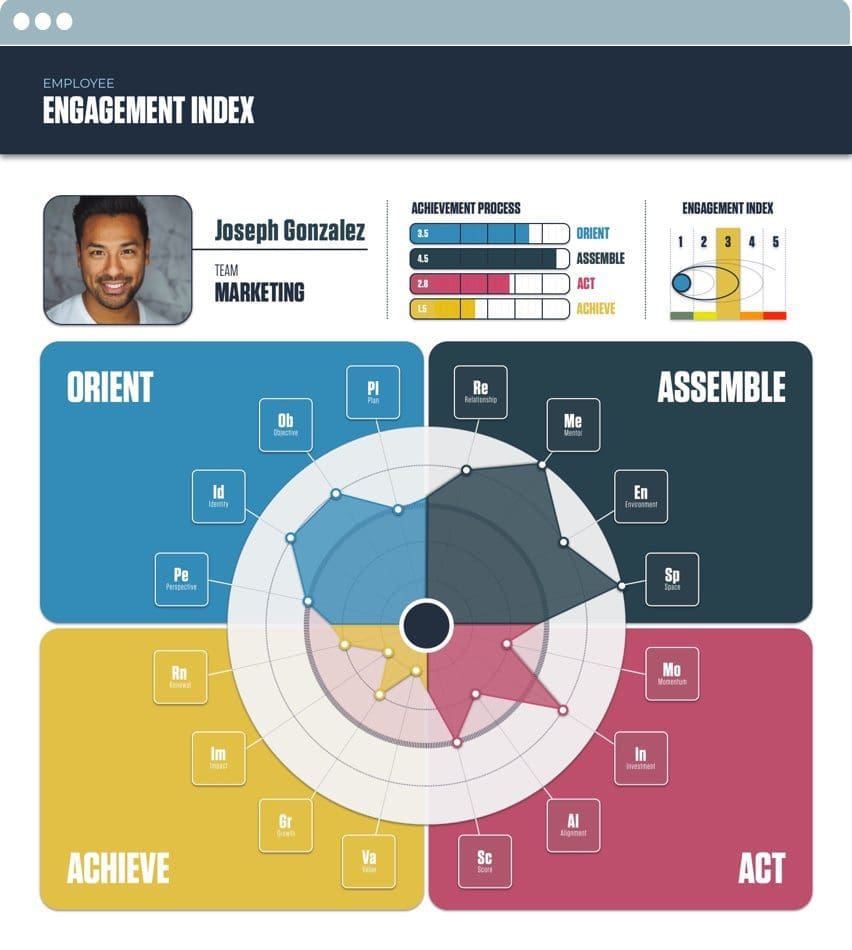
ENGAGEMENT FOR EMPLOYEES
INSIGHTS FOR LEADERS
A leader can now gain granular optics on how engaged each of their team members are—and specifically what is missing—so they can take very targeted action to create the most engaged, productive, and highest performing team possible.
INSIGHTS FOR EXECUTIVES
Roll-up reports allow executives to see what engagement looks like across the organization. You can segment the data by department, team, tenure, geography, gender, or other relevant segments… even by initiative.
This allows you to differentiate between problems with individuals and problems that may be systemic within the organization—so you can apply the right solution for the problem you’re trying to solve.


ENGAGEMENT FOR EMPLOYEES
INSIGHTS FOR LEADERS
A leader can now gain granular optics on how engaged each of their team members are—and specifically what is missing—so they can take very targeted action to create the most engaged, productive, and highest performing team possible.
INSIGHTS FOR EXECUTIVES
Roll-up reports allow executives to see what engagement looks like across the organization. You can segment the data by department, team, tenure, geography, gender, or other relevant segments… even by initiative.
This allows you to differentiate between problems with individuals and problems that may be systemic within the organization—so you can apply the right solution for the problem you’re trying to solve.

measuring
ACHIEVEMENT PROCESS
As we’ve studied the science of the 16 Elements, how they lead to engagement and how engagement leads to achievement, we discovered a six-step process of continuous improvement. This process is one of the foundational frameworks we teach in our Achievement Academy and is part of the backbone of our coaching and consulting process.
This process is used by individuals, leaders, teams, and organizations alike to increase performance and achievement.
The 16 Elements, distributed across these stages, work in tandem with our diagnostic assessment suite and our re-engagement solutions to help power human achievement.
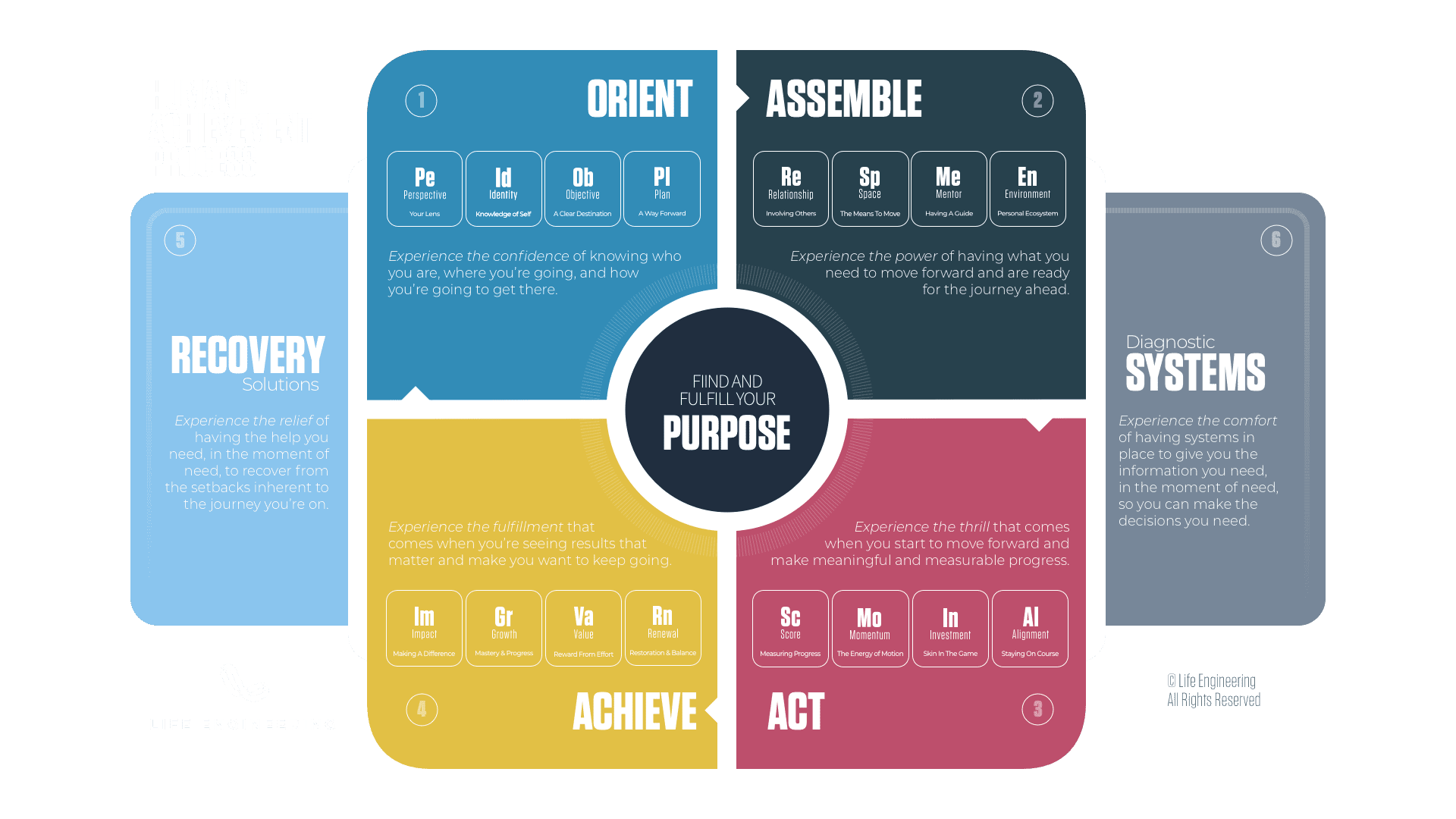
ACHIEVEMENT PROCESS RESULTS

One of the reports that come from the full-scale Engagement Diagnostic, or that can be run independently as a light-weight alternative, is an easy-to-understand indicator of the overall category strength of each stage in the Achievement Process.
This insight can help an individual, leader, mentor, coach, or consultant dial in on what might be missing and how best to help increase their probability of success.
This insight, especially when aggregated with data from the other assessments (which represent the “Diagnostic Systems” component of the Achievement Process), is designed to create a full-scale view of the emotional undercurrent driving performance.
That clarity helps us connect you to the solutions you need, in the moment of need, to solve the specific problems you have (which represents the “Recovery Solutions” stage of the Achievement Process).
ENGAGEMENT INDEX

With the results of the Engagement Assessment and the Achievement Process Assessment, our proprietary Engagement Algorithm is able to approximate the orbit of engagement that individual (or group) is likely to be in.
With that, you can then understand the emotions they are feeling, the behaviors they’re likely to exhibit, and incredibly, predict their likelihood of success or degree of risk.
measuring
EMPLOYEE ENERGY ACTIVATORS
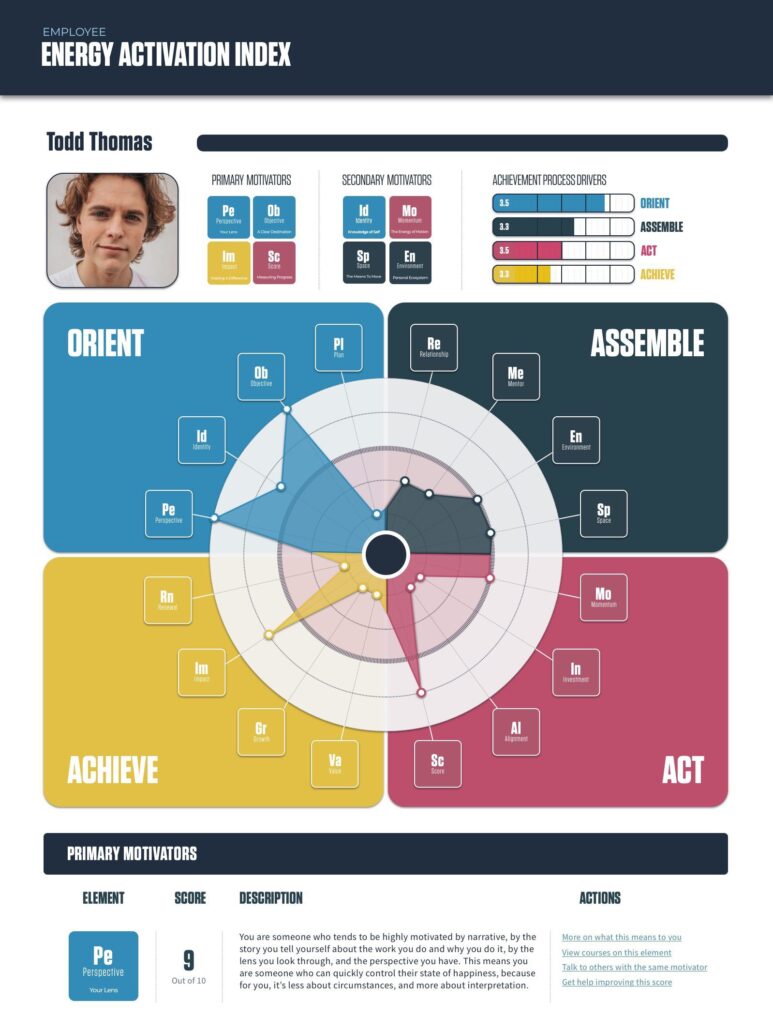
employee energy index
While the science shows that each of the 16 Elements has an impact on engagement, the impact of any given element can vary by individual. This Assessment identifies the elements most likely to activate the energy inside of every employee. It’s their own personal motivation formula.
Armed with this knowledge, an employee can know exactly what to focus on to increase their own engagement, and a leader can know what efforts will yield the greatest engagement return for that individual.
team energy index
Leaders and executives can also see this Energy Index as a roll-up report by team, department or other internal segment. Doing so creates a better understanding of what elements most motivate a group so you can design highly-targeted engagement initiatives.
DEEP ENGAGEMENT INSIGHTS
When you have both an employee’s Engagement Assessment and their Energy Activation Assessment, you can see the state of each element relative to how important that one element is to that employee.
This provides added insights into their state of engagement and specifically how to solve for it.
This can be hugely helpful when designing for the most important engagement interventions—for a leader who wants more insight on an individual, or when engaging one of our coaches or consultants.
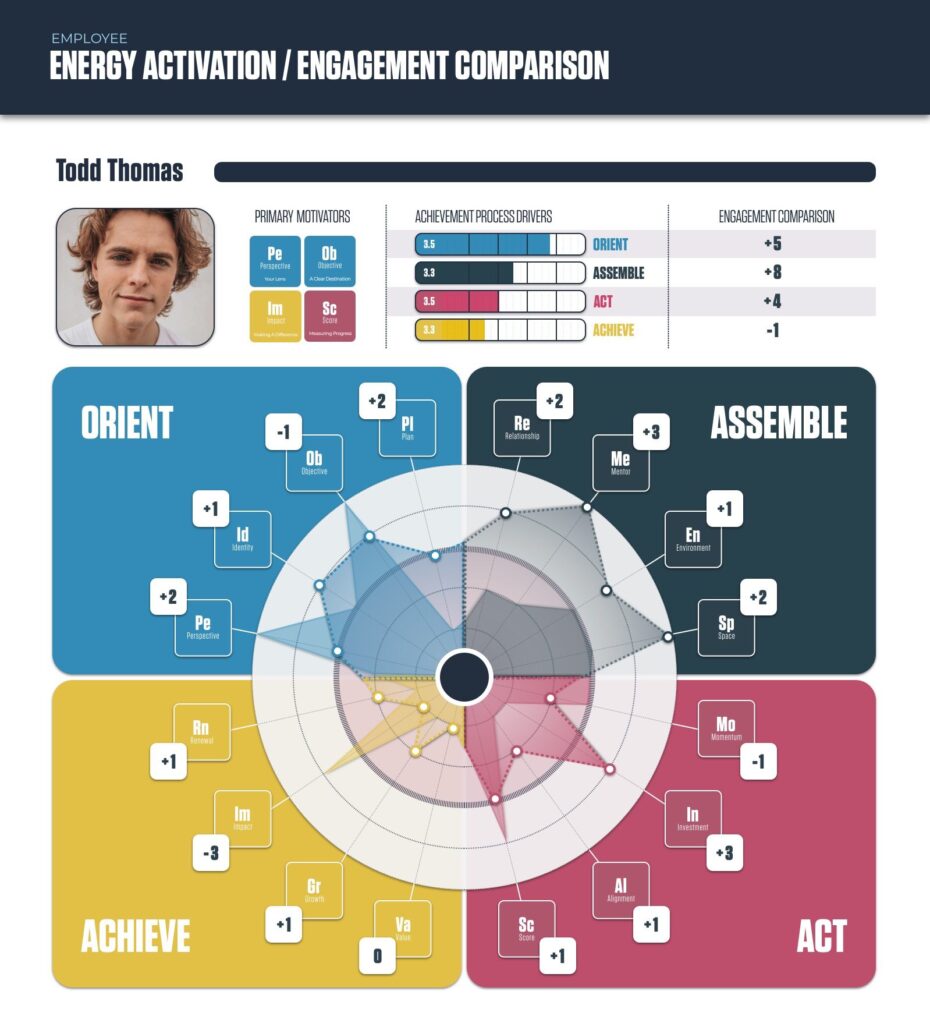
SOLVE FOR ENGAGEMENT
AND YOU'LL EXPERIENCE
-
INCREASED PERFORMANCE & Productivity
Across employees, teams and departments
-
INCREASED EMPLOYEE SATISFACTION
Boosts to employee happiness and wellness
-
INCREASED CUSTOMER SATISFACTION
Happy employees produce happy customers
-
BETTER MARKET RESULTS
Happy employees & customers drive market results
-
INCREASED EMPLOYEE LIFETIME VALUE
create more value over the length of their employement
-
Shorter time-to-productivity
Employees get up and running more quickly
-
INCREASED TENURE
Happy, engaged employees create less turnover
-
Lower Costs
Costs of replacing employees can be redirected
“There are only three measurements that tell you nearly everything you need to know about your organization’s overall performance: employee engagement, customer satisfaction, and cash flow.”
